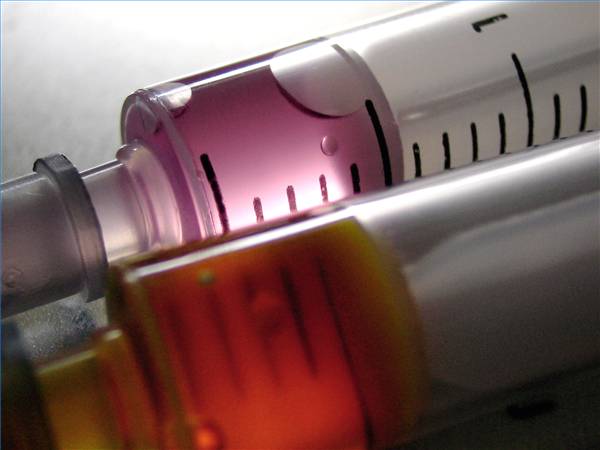Student-athletes at the University of Waterloo were recently told that the fastest growing group of anabolic steroids users are high school girls. The prospect of muscular high school cheerleaders injecting steroids is a sensationalistic visual that should cause concern. Is there an epidemic of high school girls using anabolic steroids?
The concern with steroid use among teenage girls made national news in 2003 when the Center for Disease Control reported that 5.3% of girls had experimented with anabolic steroids with the rate possibly as high as 7.1% in the High School Youth Risk Behavior Survey. Even more shocking were reports that female use exceeded that of their male counterparts at some levels. The fact that female athletes involved in sports were not the ones abusing steroids was also perplexing.
The media had a field day with this report but most people in the health and fitness industry felt that this was a gross exaggeration. Personal trainers who work with females particularly found this statistic quite implausible since most women are afraid to even lift weights for fear of becoming too muscular. If women are afraid of lifting weights, they certainly must be terrified of using a substance whose dramatic muscle-building properties are well-established.
The methodology of the CDC survey was particularly weak. The CDC asked participants if they “ever took steroid pills or shots without a doctor’s prescription one or more times”. The particularly vague reference makes no distinction between the type of steroids consumed. The question did not specifically ask about anabolic steroids. It could have interpreted as referring to the widely prescribed corticosteroids such as hydrocortisone or prednisone. It could have even been thought to refer to birth control pills since they are technically considered steroids. There are better ways to address this question as has been done in other surveys (e.g. “During the past 12 months, have you used steroids to become more muscular?”).
At any rate, even though the “steroid” question is particularly problematic in the survey methodology, the self-reported rate of steroid use among girls has dropped dramatically in subsequent surveys; it has dropped from 5.3 in 2003 to 2.2 in 2009 in the most recent High School Youth Risk Behavior Survey. Similarly, the University of Michigan’s Monitoring the Future survey has also shown precipitous declines in non-gender specific steroid use since 2001.
The use of anabolic steroids among high school girls is reason for concern but it should be viewed in the context of other risks faced by girls. For example, the CDC High School Youth Risk Behavior Survey also revealed that 7.7% (6.6–9.0) of girls used cocaine (e.g. powder, crack, or freebase) at least one or more times and, even more troubling, 27.5% (25.4–29.8) of girls “had five or more drinks of alcohol in a row within a couple of hours” at least once in the 30 days preceding the survey.
The steroid hysteria that has permeated the media in the last decade has distorted the relative risks facing our youth especially our girls.


